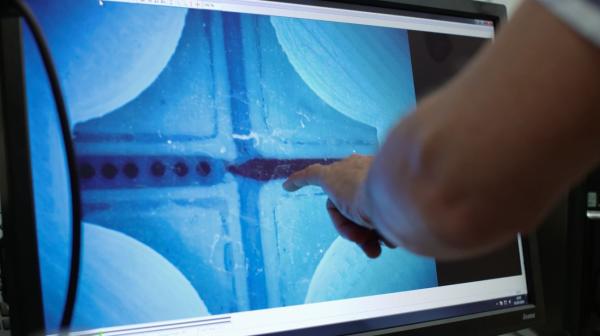Researchers at Cardiff University use 3D printing to create small devices that move small volumes of fluid and are used in various areas of research. 3D printing makes it possible to share the devices with other researchers, making the study of microfluidics more accessible to a wider audience. The 3D printed devices offer a cost-effective alternative to the traditional ones, which are expensive and require specialized skills and equipment. As technology advances and more materials become available, the application of 3D printing in microfluidics research continues to grow.
Microfluidics research
Microfluidic devices are small-scale circuits that are used to study the behavior of fluids in small volumes. The devices consist of small tubes that deliver small volumes of fluid to different sensors and other actuators in the circuit. Conceptually, they can be compared to plumbing systems that are reduced in size, onto a chip. The techniques used to create these microfluidic devices largely coincide with techniques used in the microelectronics industry to make the electronic chips in our computers and phones.
Microfluidic devices are used to make, for example, artificial cells for pharmaceuticals development, nuclear fusion targets for fusion energy production, and alginate capsules with neuronal stem cells inside to transplant into people with damaged spinal cords.
Traditionally, making these microfluidic devices was an expensive, lengthy and sophisticated process, requiring different types of expertise and using specialized equipment. The adoption of 3D printing significantly sped up this process, made it a lot cheaper, and allowed for the devices to be made on the spot in the research lab.
3D printing microfluidic devices
Using their Ultimakers, researchers at Cardiff University now 3D print the microfluidic devices they use in their studies. The 3D printed devices are based on a modular system that consists of standard building blocks that are assembled together. Starting off with a number of standard components (tubings, junctions, etc.), the research team developed different types of microfluidic systems and used those designs to make a modular system that any other researcher can use to make their own microfluidic devices.
Read more: Accessible Microfluidics Devices With Ultimaker

